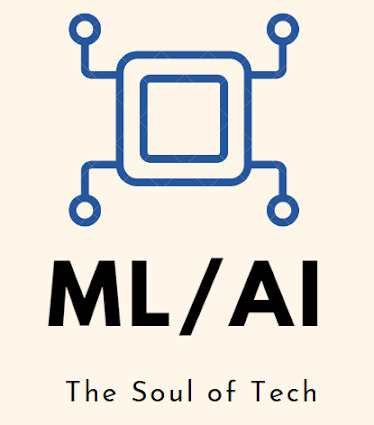Supervised ML/AI Stock Prediction using Keras LSTM Models

(the image was created using Visme [1]). Introduction Stock markets are analyzed either technically or fundamentally [2]. Fundamental analysis studies supply and demand relationships that define the stock price at any given time. Technical analysis uses specialized methods of predicting prices by analyzing past price patterns and levels. T here are many techniques used to examine stock price lines and patterns [2]: bar or high/low/close charts moving averages trend lines channels cycles resistance and support planes corrections double tops and bottoms head and shoulders formation trading volume open interest. Theere are numerous limitations of these techniques: moving averages responds to general trends only is not highly precise short-term moving averages can give false indications, especially in times of volatile prices Trend lines work best with sustained trends positioning of trend lines is subjective and takes practice trends must be established before they...

